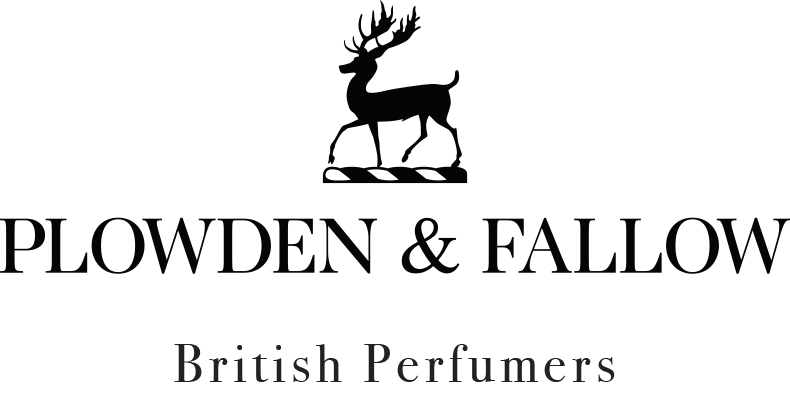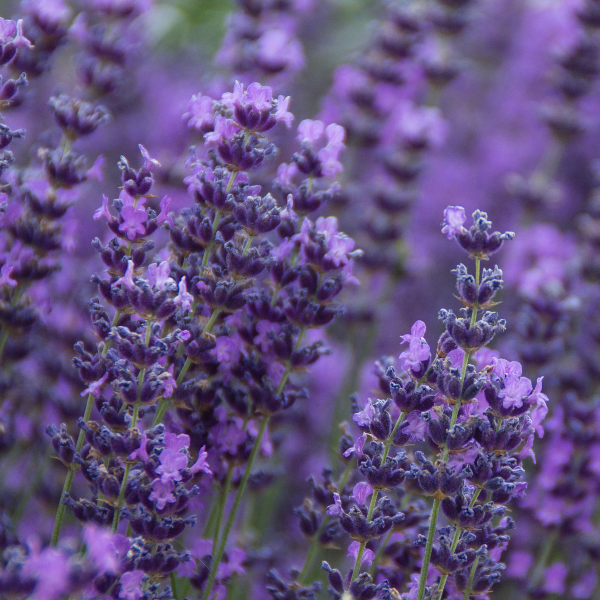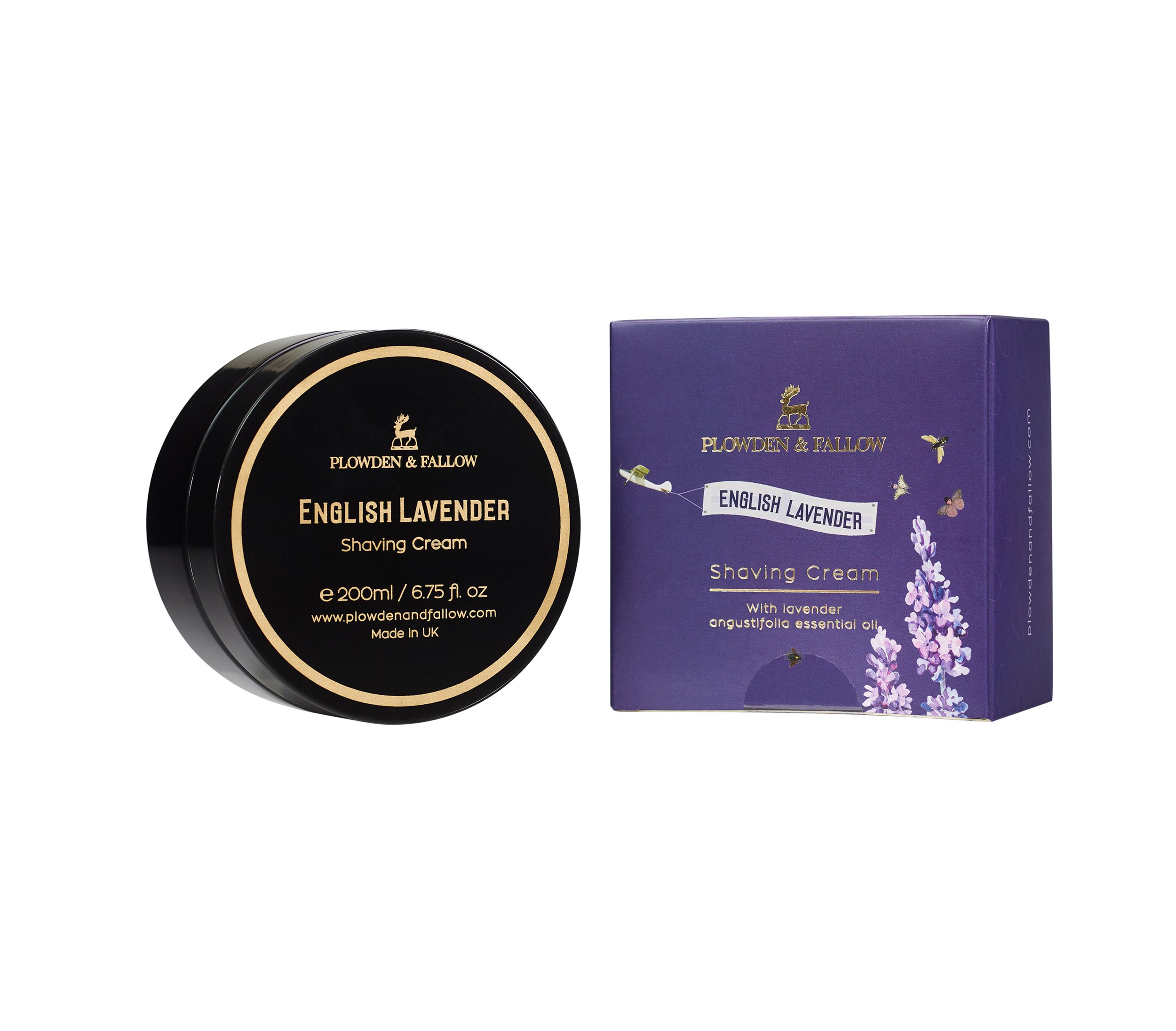French Lavender V’s English lavender, the differences
English Lavender (Lavandula Angustifolia) Image:aniana/Shutterstock.com
Here at Plowden & Fallow, we use Lavender in a number of our compositions, this is a subject we have also covered on our blog previously, you can read our post about ‘Lavender in Perfumes’ here. However, today we get our green fingers out to take short diversion from perfumery to talk about the special plants themselves that make the essential oils perfumers around the world may rely upon for their fragrant creations.
When it comes to lavender, most of us picture fields of vibrant purple blooms, wafting a sweet, calming fragrance through the air. However, not all lavender is created equal. In fact, there are several varieties of this aromatic herb, with English and French lavender being among the most popular. While they share a similar name and some key similarities, there are also distinct differences between these two lavender varieties that set them apart.
Lavender: A Brief Introduction
Before diving into the differences, let's first explore what makes lavender a beloved herb. Lavender, known by its scientific name Lavandula, is a versatile plant cherished for its aromatic properties and numerous uses. It's a favourite in gardens, floral arrangements, aromatherapy, and as a culinary herb. The scent of lavender is instantly recognizable and celebrated for its relaxing and soothing qualities.
English Lavender (Lavandula angustifolia)
Fragrance: English lavender, often referred to as true lavender, boasts a classic, sweet, and herbaceous aroma. The essential oil extracted from English lavender is highly sought after in the perfume and aromatherapy industries.
Appearance: This variety typically features a compact growth habit with slender, spiky flower spikes. The flowers are usually a pale to deep violet-blue, and the leaves are narrow and gray-green.
Hardiness: English lavender is more cold-hardy than its French counterpart, making it suitable for gardens in regions with colder winters, i.e., the UK.
Cultivation: It's well-suited for hedging and edging due to its neat growth habit. It requires well-drained soil and plenty of sunlight.
French Lavender (Lavandula stoechas)
Fragrance: French lavender has a unique and slightly different fragrance. While still aromatic, it tends to be more pungent and resinous than English lavender.
Appearance: One of the most distinctive features of French lavender is the presence of decorative, tufted bracts at the top of each flower spike, often purple or pink in color. The flower spikes themselves are shorter and topped with these bracts, giving the appearance of a "pineapple" or "rabbit ears."
Hardiness: French lavender is more sensitive to cold temperatures, so it's best suited for regions with milder climates.
Cultivation: French lavender is often grown as an ornamental plant, prized for its unique appearance. It can tolerate a wider range of soil types but still requires good drainage.
Use in Plowden & Fallow Products
Green fingers away and back to fragrance: Both English and French lavender bring their unique aromatic profiles to the art of perfumery. Each variety can be a valuable asset in crafting fragranced products that resonate with different emotions and sensory experiences. For those that like a large hit of lavender, our English Lavender Shaving Creams and Aftershave Balms are worthy of your attention, we produce these products with pure English Lavender (Lavandula angustifolia) essential oils sourced from the Cotswolds in England. In our fragrant offerings, we use lavender fragrance oils from various sources in our Squire Jack and Debonaire fragrances, although the scent is contained as part of the wider composition so may not be noticeable to the untrained nose.
Yours faithfully,
Plowden & Fallow Customer Services.


